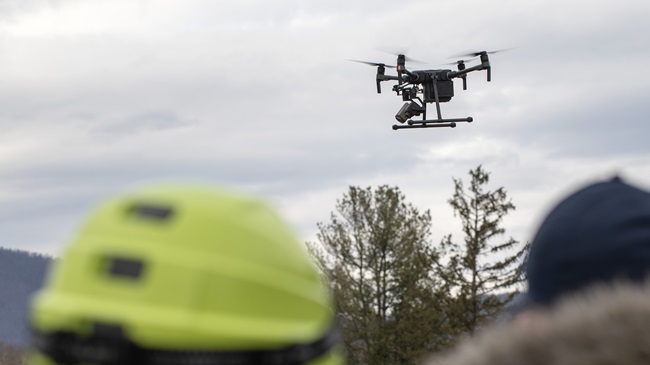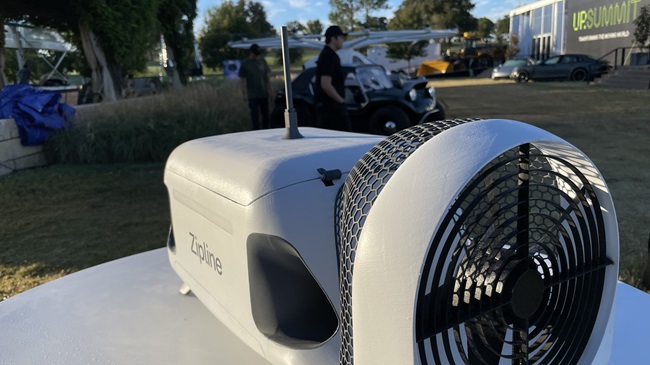Safe separation defined
Ongoing research aiming to facilitate safe integration of drones into the National Airspace System has defined how much distance constitutes safe separation between small unmanned aircraft and manned aircraft.
Presentations detailing the latest developments in ongoing research to facilitate drone flights beyond visual line of sight drew standing-room-only crowds on May 8 at the Association of Unmanned Vehicle Systems International Xponential convention in Dallas. Instant polls taken the following day during the keynote sessions confirmed that interest in operating drones beyond visual range and/or over people runs high, as many drone missions and applications, such as long-distance inspection and package delivery, will not be possible until such flights are both safe and routinely allowed.
Meanwhile, the UAS Executive Committee Science and Research Panel has come up with a working definition of what “well clear” actually means when it comes to preventing collisions between small drones and manned aircraft. In a nutshell, that amounts to 2,000 feet or horizontal distance, and 250 feet of vertical separation.
Reaching that conclusion, still subject to further validation and study before it is codified in a regulation allowing routine flights beyond visual line of sight (BVLOS), took exhaustive effort.
Dallas Brooks, director of the Raspet Flight Research Laboratory at Mississippi State University (and also the new AUVSI chairman), and Edward “Ted” Lester, an engineer with MITRE Corp., detailed a process of determining what “well clear” means that included collecting a massive amount of data about how manned aircraft, particularly low-altitude operators such as agricultural applicators, use the airspace today. Ag operators provided GPS logs from actual flights that helped fill in the gaps where radar coverage is spotty at best, and where drones are legally allowed to fly. The team also added known data about drone operations to computer models that simulated an integrated airspace, and helped determine encounter probabilities.
“We ran millions of simulations crossing small UAS flights and manned aircraft flight,” Lester said. “Then we can look at what’s an acceptable risk level.”
A technical paper will soon be published on the results of that research, and the team is now turning attention to how “well clear” should be defined in the airport environment (the modeling done to date deliberately excluded that, setting it aside for detailed study).
Brooks said the results and conclusion that maintaining 250 vertical feet and 2,000 horizontal feet of separation is a standard that will allow drones to fly beyond line of sight with levels of risk comparable to those associated with nuclear power plants. The conclusions on collision risk remain to be validated, but don’t expect a significant shift in the definition.
“This is going to be a tweak; it’s not going to be a major overhaul,” Brooks said.
PrecisionHawk Vice President Tyler Collins also presented on the topic, detailing much of the research his own company has done under an FAA Pathfinder program that is examining BVLOS operations from the operator’s side of the equation. Among the highlights of the work done to date, Collins said numerous tests determined that a remote pilot on the ground (or visual observer) can reliably spot a manned aircraft at a distance of about 2.5 nautical miles, given good weather and a manned aircraft altitude of 500 feet. The company, which has made much of its research and software public to help develop BVLOS capability and safety across the industry, has focused on relatively short-range BVLOS operations, while railroad company BNSF has another Pathfinder program looking at much longer flights over tracks for inspection missions, and CNN is doing Pathfinder research on operations over people.
“Everything that we’re learning is going to the FAA, everything that we’re learning is going into the public domain,” Collins said.
Results to date suggest that a combination of technologies and procedures will be required for safe BVLOS flights, and that for many operations a chain of visual observers able to communicate electronically with the pilot might provide the needed supplement to cellular and satellite tracking technologies.




